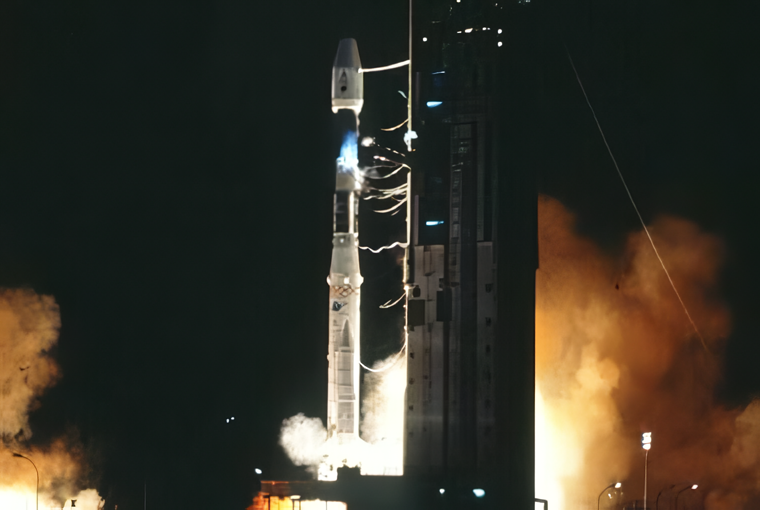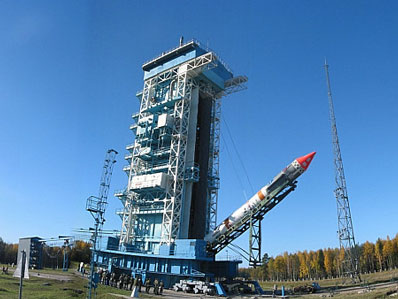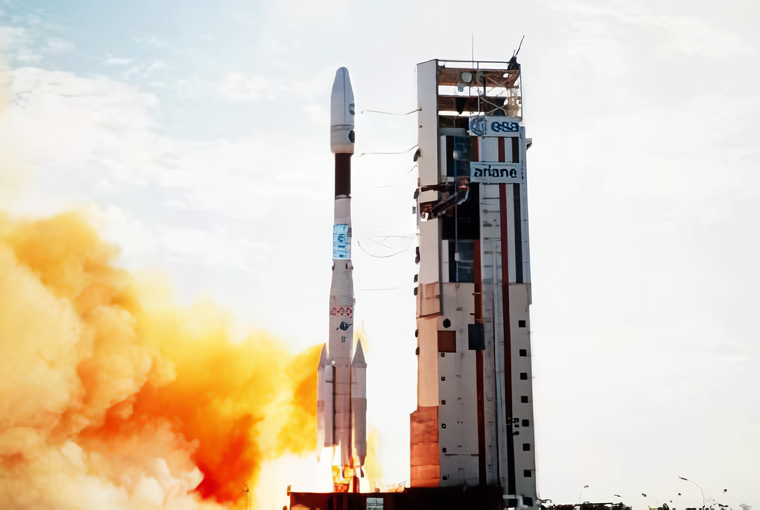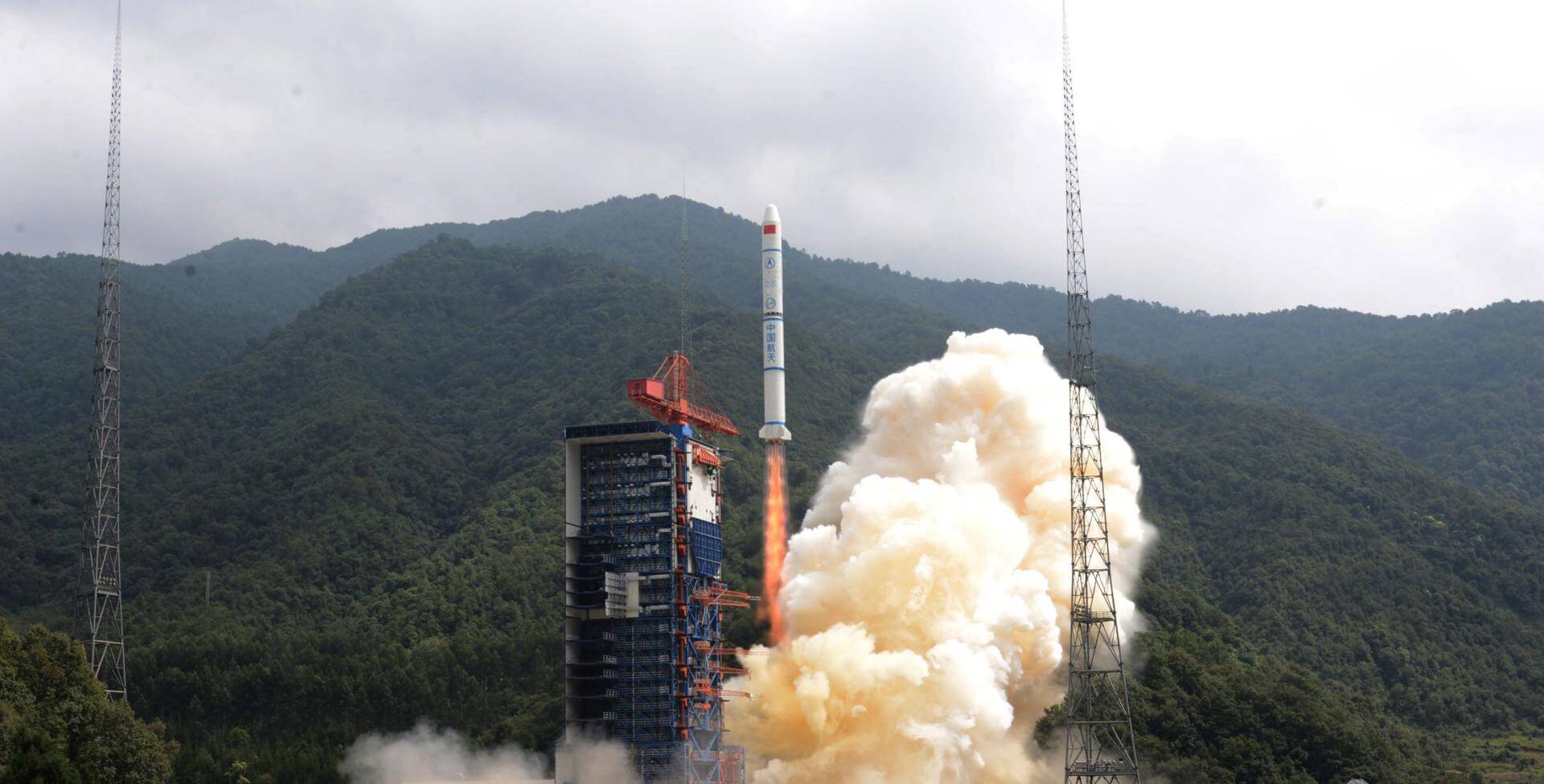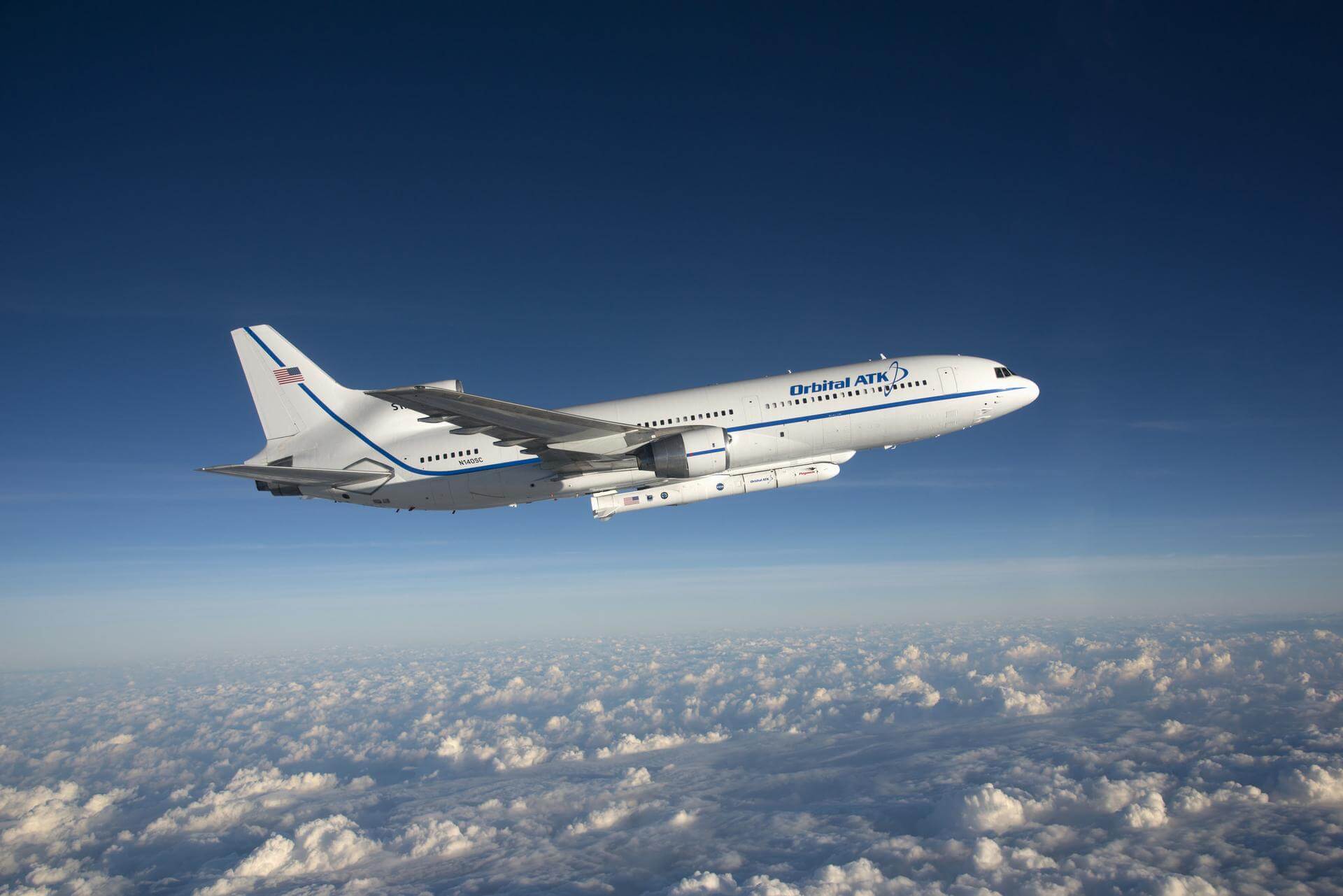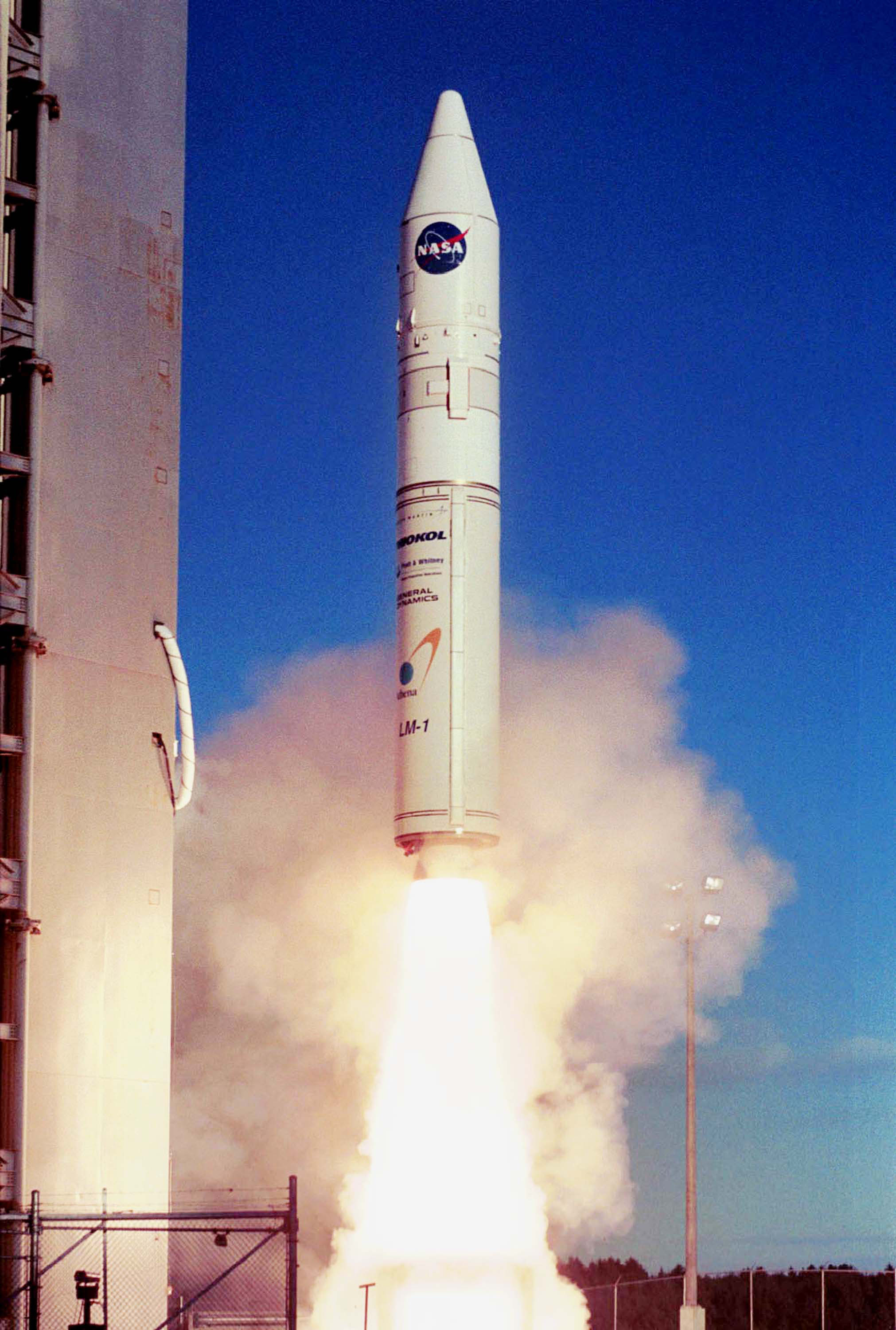Previous Spaceflight Launches
Filter by Agency, Locations or Vehicles
Show All LaunchesAriane 42L | INTELSAT 803
Aérospatiale | FranceGuiana Space Centre, French Guiana
Sept. 23, 1997, 11:58 p.m.
Status: Launch Successful
Mission:
The Intelsat VIII-VIII/A series has been designed to meet the needs of Intelsat users throughout the system for improved C-band coverage and service. These spacecraft will incorporate six-fold C-band frequency reuse, two-fold frequency reuse of expanded C-band capacity, and the highest C-band power level ever for an Intelsat satellite. Consequently, Intelsat VIII will provide significantly more C-band capacity for public switched telephony and Intelsat Business Service, better quality for video services, and encourage new international VSAT applications.
Geostationary OrbitKosmos-3M | Parus 89
Russian Space Forces | RussiaPlesetsk Cosmodrome, Russian Federation
Sept. 23, 1997, 4:44 p.m.
Proton-K/17S40 | Iridium 27 to 33
Khrunichev State Research and Production Space Center | RussiaBaikonur Cosmodrome, Republic of Kazakhstan
Sept. 14, 1997, 1:36 a.m.
Status: Launch Successful
Mission:
Iridium provides global mobile telecommunications services using a constellation of 66 low earth orbit satellites in a 86.4° inclined orbit. Although 77 satellites were originally envisioned for the system and spawned the name based on the 77th element in the periodic table, the system has been scaled back. Motorola's Satellite Communications Group designed and manufactured the Iridium satellites with Lockheed Martin providing the LM-700A spacecraft buses.
Low Earth OrbitAtlas IIAS | GE 3
Lockheed Martin | United States of AmericaCape Canaveral SFS, FL, USA
Sept. 4, 1997, 12:03 p.m.
Ariane 44LP | Hot Bird 3 & Meteosat 7
Aérospatiale | FranceGuiana Space Centre, French Guiana
Sept. 2, 1997, 10:21 p.m.
Long March 2C/SD | Iridium MFS 1 & 2
China Aerospace Science and Technology Corporation | ChinaTaiyuan Satellite Launch Center, People's Republic of China
Sept. 1, 1997, 2 p.m.
Pegasus XL | Fast On-orbit Rapid Recording of Transient Events (FORTE)
Orbital Sciences Corporation | United States of AmericaVandenberg SFB, CA, USA
Aug. 29, 1997, 3:02 p.m.
Proton-K/DM-2M | PAS 5
Khrunichev State Research and Production Space Center | RussiaBaikonur Cosmodrome, Republic of Kazakhstan
Aug. 28, 1997, 12:33 a.m.
Delta 7920-8 | ACE
McDonnell Douglas | United States of AmericaCape Canaveral SFS, FL, USA
Aug. 25, 1997, 2:39 p.m.
Status: Launch Successful
Mission:
The objective of the ACE (Advanced Composition Explorer) is to collect observations of particles of solar, interplanetary, interstellar, and galactic origins, spanning the energy range from that of keV.solar wind ions to galactic cosmic ray nuclei up to 600 MeV/nucleon.
Heliocentric L1Athena I | Lewis
Lockheed Martin | United States of AmericaVandenberg SFB, CA, USA
Aug. 23, 1997, 6:51 a.m.
